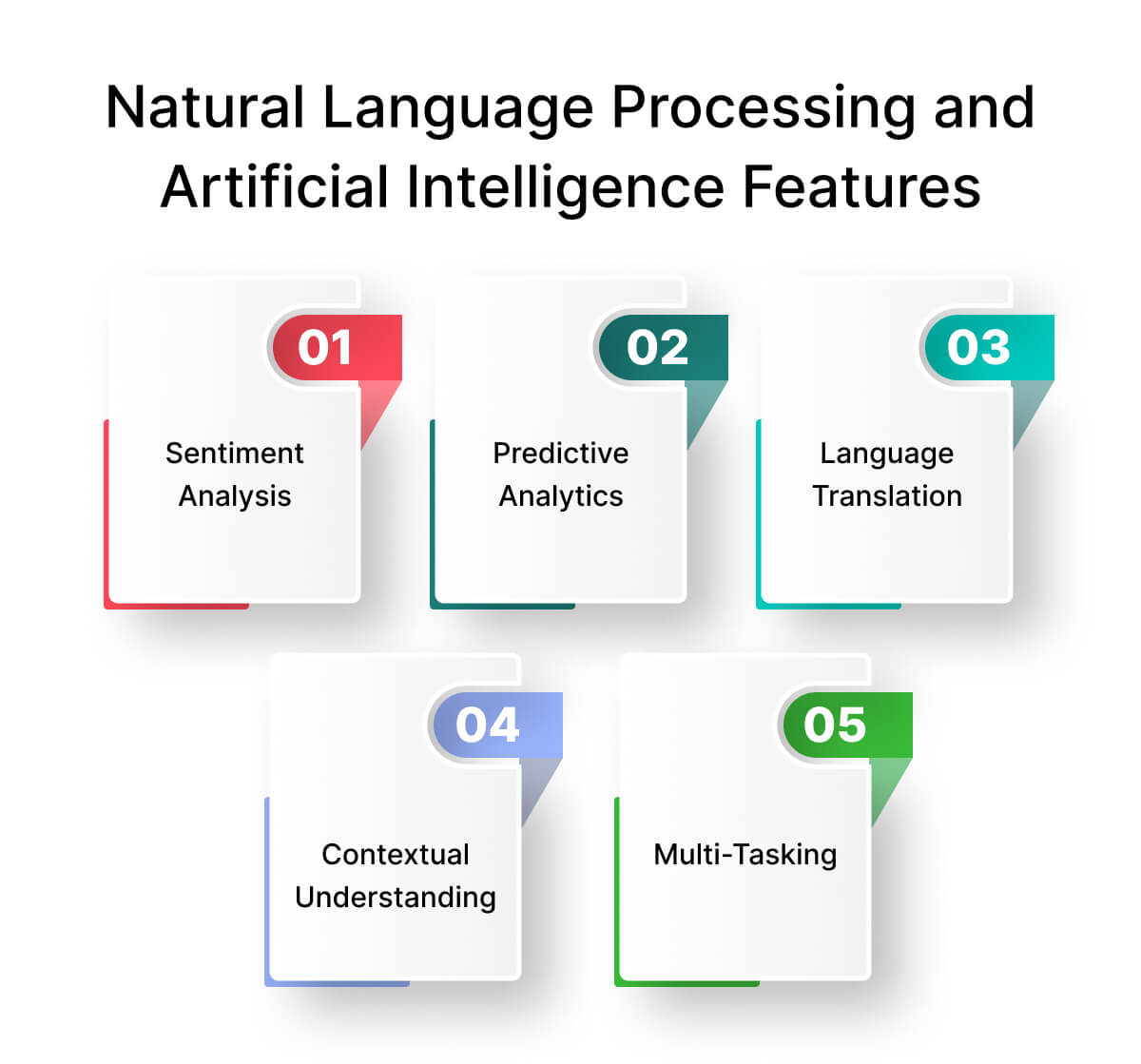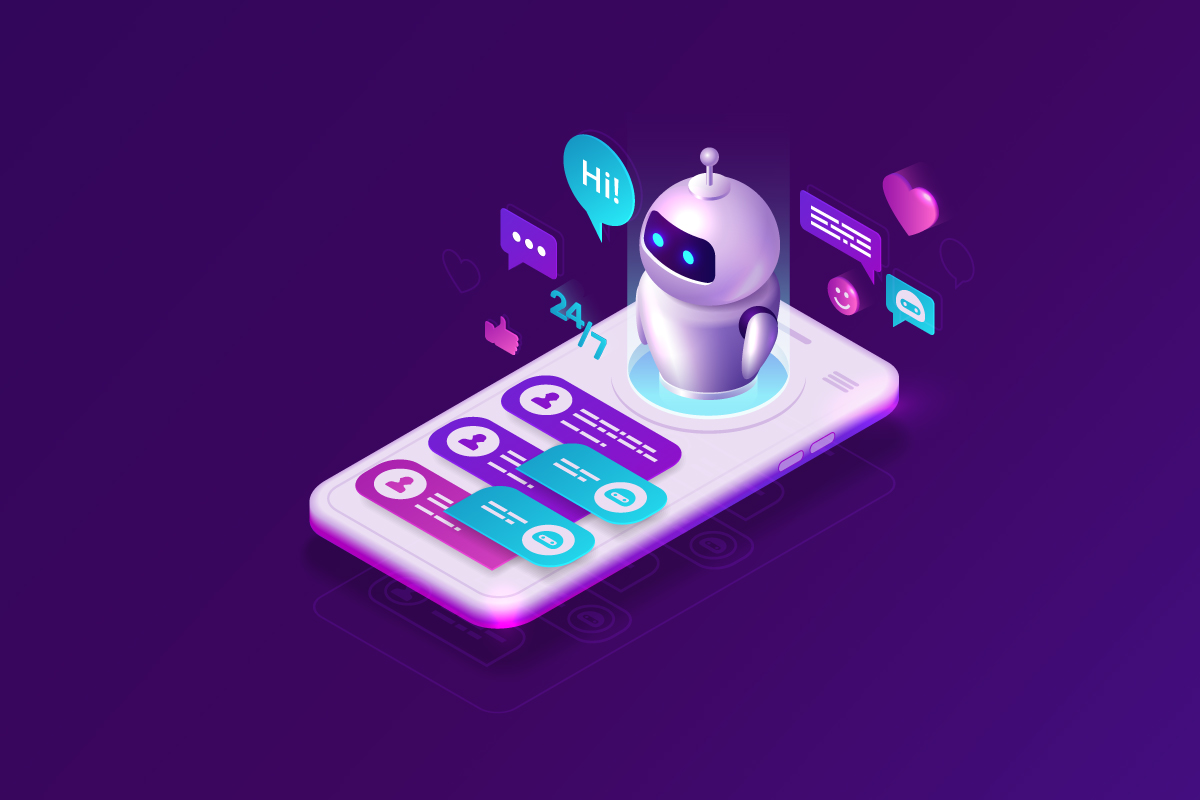 Chatbot
Chatbot

31 October, 2023

If you are already in customer engagement practice, you must wonder about its future. This is an obvious to worry about streamlining your business operations when everyone is rushing for it.
Although chatbots have made their name as a powerful tool for enhancing customer experiences, driving sales, and increasing efficiency. However, the real challenge lies in selecting the perfect chatbot solution that aligns with your venture goals.
Imagine having a 24/7 virtual assistant ready to engage with your customers, answer their queries, and provide personalized support. But to harness these benefits, you must navigate the vast landscape of digital solutions, each offering a unique set of features and capabilities.
Don’t worry; we’re here to guide you through this process.
In this comprehensive guide, we’ll explore the practical ways to choose the best chatbot solution for your business. You’ll get expert insights and actionable tips that will make the selection process a breeze.
So, let’s find the ideal alternative of human agents that will transform the way you interact with your customers and boost your organization to new heights.

In this section, we’ll dive into the first practical way to discover the ideal solution for sharpening the operation tactics in your organization. By the end of this section, you’ll grasp the importance of setting clear objectives and how they can shape your journey toward implementing an effective virtual assistant.
This is the cornerstone of any successful business strategy. When it comes to adopting advanced conversational tools, it’s no different. Clearly outlining your goals and intended outcomes is crucial for charting the course toward an enhanced customer experience and streamlined operations.
Setting clear goals and objectives is like plotting a course for your venture. It’s about envisioning what your virtual bot should achieve and how it fits into your broader strategy. Whether you’re aiming to elevate customer service, drive sales, or enhance operational efficiency, each goal must align with your overall mission.
The primary objective of implementing a chatbot is to create positive impacts on your establishment. By deploying chatbots, you can:
Improve Customer Service: Enhancing customer support by providing instant responses, 24/7 availability, and seamless issue resolution. This results in higher customer satisfaction.
Drive More Sales: Leveraging the virtual assistant to recommend products, answer product-related questions, and facilitate the purchasing process. This can lead to increased sales conversions.
Boost Operational Efficiency: Optimize processes by automating routine tasks, thus freeing up human resources for more complex challenges.
Setting clear KPIs is essential to measure the effectiveness of your virtual assistant. Here are three KPIs to consider:
Customer Satisfaction (CSAT): Measure customer satisfaction through post-interaction surveys. A high CSAT score indicates that the virtual assistant is meeting customer expectations.
Conversion Rate: Track the percentage of users who interact with the virtual assistant and complete a desired action, such as making a purchase. A rising conversion rate signifies success.
Cost Savings: Calculate the reduction in operational costs resulting from the automation of tasks. The virtual assistant should help cut expenses over time.
Understanding your target audience is not a one-size-fits-all task. It’s a nuanced process that involves diving deep into the psyche of your potential users. It decodes their preferences and crafts an experience that resonates with them.
Successful audience understanding begins with meticulous research. This entails collecting demographic data such as age, gender, location, and psychographic details like interests, hobbies, and behavior.
Imagine you run an adventure gear store. In-depth research reveals that your primary audience consists of young adults aged 18 to 35. They are mainly located in regions with abundant hiking trails and outdoor activities.
Their psychographic profile shows a strong inclination toward eco-friendly products and a preference for sustainable, durable gear.
Once you’ve gathered valuable insights about your audience, it’s time to tailor your chatbot to their preferences. This goes beyond just language; it’s about crafting an experience that feels like a natural extension of their communication style.
Consider the tone, style, and even the persona of the chatbot. For instance, for your adventure gear business, you can tailor the chatbot’s communication style to match your audience’s spirit. A chatbot that adopts an informal and enthusiastic tone resonates well with this crowd.
It can use phrases like “Ready to conquer new heights?” or “Adventure awaits, let’s gear up!”.
Audience segmentation is a powerful strategy, especially if your audience is diverse. It involves categorizing your audience into distinct groups based on specific characteristics or needs.
For instance, In this scenario, You can segment your audience into categories like “Hikers,” “Climbers,” and “Camping Enthusiasts.” Each segment can receive specific product recommendations and tips related to their preferred adventure type.
If someone falls into the “Climbers” category, the chatbot could suggest climbing gear, and share climbing safety tips.
Assessing the integration capabilities of your chatbot is a critical step in selecting the ideal conversational agent for your venture. It ensures that the chatbot seamlessly aligns with your existing systems and processes, allowing for a cohesive and efficient operation.
When considering a chatbot, compatibility is paramount. Your chatbot needs to function harmoniously with your existing systems and software.
For example, if you operate an e-commerce platform, your chatbot should coherently integrate with your inventory management, CRM, and payment processing systems.
This ensures that your virtual bot can provide real-time product availability information, process orders, and collect customer data uninterruptedly.
Integrating an answering bot into your business operations can be approached in several ways:
Thinking ahead is vital. Your business may evolve, and your chatbot should be flexible enough to accommodate future integrations and expansion.
For example, as your e-commerce business grows, you might want to connect your digital assistant to an automated warehouse management system for smoother order processing. Having a chatbot system that supports these kinds of integrations ensures that your organization can adapt and scale without major disruptions.

The incorporation of advanced NLP and AI capabilities in your chatbot solution is paramount to its effectiveness. These features empower the chatbot to understand and respond to user inputs.
This can be done even with a level of sophistication that goes beyond simple keyword matching. Let’s explore these capabilities in more detail:
Here are the major features that your virtual inquiry management system must have in order to enhance user interactions:
Auto query handling systems should be compatible with custom-making as much as possible. This much flexibility can bring tailored user experiences and drive engagement.
To identify this kind of chatbot, it’s crucial to look for platforms that offer user-friendly interfaces and tools for adjusting chatbot behaviors.
For instance, in the hospitality industry, a hotel chatbot can personalize the user experience by remembering guest preferences. It is also capable of making room recommendations based on past stays.
The ability to adjust these settings ensures a personalized interaction, increasing guest satisfaction and loyalty.
Tailoring interactions to match your brand’s tone and style is vital for a consistent customer experience. If your brand is known for a friendly and informal tone, your digital customer care should reflect that personality.
For instance, a fashion retailer can use a chatbot that speaks in a style similar to fashion magazines. It can navigate the conversation with phrases like “Hey there, fashionista!”
Such tailored interactions create a spontaneous connection between the talking bot and the brand.
Implementing dynamic content and recommendations based on user behavior is a powerful strategy. For example, an online streaming service can use a chatbot to recommend movies or music based on a user’s past choices.
If a user frequently watches romantic movies, the bot can suggest new releases in the same genre. This personalized approach keeps users in touch and helps them discover new content they’re likely to enjoy.
Scalability is quite significant in choosing the right conversational bot solution, ensuring it can adapt and grow with your firm. Let’s delve into how this aspect contributes to making an informed choice:
To determine if the solution can scale with your firm, consider its track record with other clients. Reliable providers will have a history of handling businesses of various sizes and accommodating their growth.
Additionally, assess whether the bot solution offers tiered pricing or subscription plans that align with your expected business growth.
For instance, if you run an e-commerce store, make sure that the answering bot on your website solution has successfully scaled with other online retailers. It will continually handle increased user interactions and transactions.
When evaluating an auto-inquiry management system’s ability to handle increased workload and demands, consider the following criteria:
Cloud-based solutions offer flexibility, allowing you to easily increase resources as your chatbot’s workload grows. Modular designs, on the other hand, enable you to add or remove components without disrupting the entire system.
For example, an e-learning platform can opt for a cloud-based inquiry system to accommodate an expanding user base. This confirms that the system can take increased interactions without infrastructure constraints.
The incorporation of analytics and data insights into the bot system lets both sides (bot controllers and users) stakeholders make informed decisions. Let’s see how you can make an informed decision in the selection of an auto-customer-inquiry assistant.
These chatbots are capable of collecting and analyzing data about user interactions. Thus it allows businesses to gain valuable insights into user behavior, preferences, and pain points.
For instance, an e-commerce chatbot can provide insights into which products are most frequently inquired about. It helps organizations tailor their marketing strategies and product offerings.
Data continually improves a bot’s query-controlling performance in several ways:
Implementing data-driven decision-making for ongoing optimizations involves:

A user-friendly design safeguards that users can easily interact with a chatbot. Let’s get to know what to do to fulfill this easy-to-use criterion during the ultimate choice.
To create a user-friendly interface and design, consider the following:
Making the chatbot system easy for customers to interact with involves providing direct pathways and actions for users to take.
For example, in an e-commerce chatbot, a user should be able to easily find products, add them to their cart, and complete a purchase. Most importantly, he/she should traverse this journey by following a simple series of prompts and responses.
Implementing user testing and feedback loops for design enhancements includes the following strategies:
These are not just nice-to-haves but absolute prerequisites when choosing a chatbot solution. They serve a dual purpose: protecting sensitive data and ensuring adherence to industry regulations.
In the age of data breaches and privacy concerns, compliance certifies that your answering bot operates within the bounds of legal and ethical standards. This provides peace of mind not only to your organization but also to your users.
For example, if you’re in the financial sector, you need to ensure that your chatbot complies with the Payment Card Industry Data Security Standard (PCI DSS) to secure financial data.
For companies, it’s about safeguarding sensitive information like customer data, financial records, and intellectual property. For customers, it’s about maintaining trust and confidence in your services.
Consider a scenario where a healthcare provider employs a chatbot to assist with patient queries. To maintain patient privacy and adhere to legal mandates, the chatbot must comply with the Health Insurance Portability and Accountability Act (HIPAA).
By doing so, it secures patient data and shields the healthcare provider from potential legal repercussions.
In the ever-evolving landscape of cyber threats, regular security updates are a necessity. It’s not enough to set up security measures and forget about them. Digital Inquiry exchange solutions must adapt to changing cybersecurity standards and emerging threats.
For instance, financial institutions need to stay ahead of evolving cyber threats for the safety of transactions and sensitive user data. Regular updates and patches ensure that the chatbot remains a secure tool in your business arsenal.
The reputation of the provider and the support they offer can significantly impact your chatbot’s success. Let’s delve deeper into this significant industry you should roam carefully:
To evaluate a chatbot solution provider’s reputation, you need to conduct thorough research. Several factors can help you gauge their reliability and expertise. These include:
A provider with a history of successful chatbot implementations demonstrates reliability and a proven track record. Excellent customer support is essential, as it ensures that you have a helping hand whenever you encounter issues or require guidance.
Reliable support means you can swiftly address any challenges and maintain uninterrupted service for your users.
When assessing a chatbot solution provider, it’s essential to explore community and user reviews for authentic insights. These reviews provide real-world perspectives on the provider’s performance and reliability. Consider:
The expedition to choose the best chatbot solution involves these ways, each addressing essential factors. We invite you to explore each of these ways to make an informed decision. Most necessarily, skipping any step can leave you behind in a no-way-back labyrinth.
On the contrary, you can put all of these hassles on us as we take care of every step to unlock the potentiality of this automation. Connect with us today to start your transformation and see your goals become a reality.
Check also: Top 10 HR Chatbots with Benefits